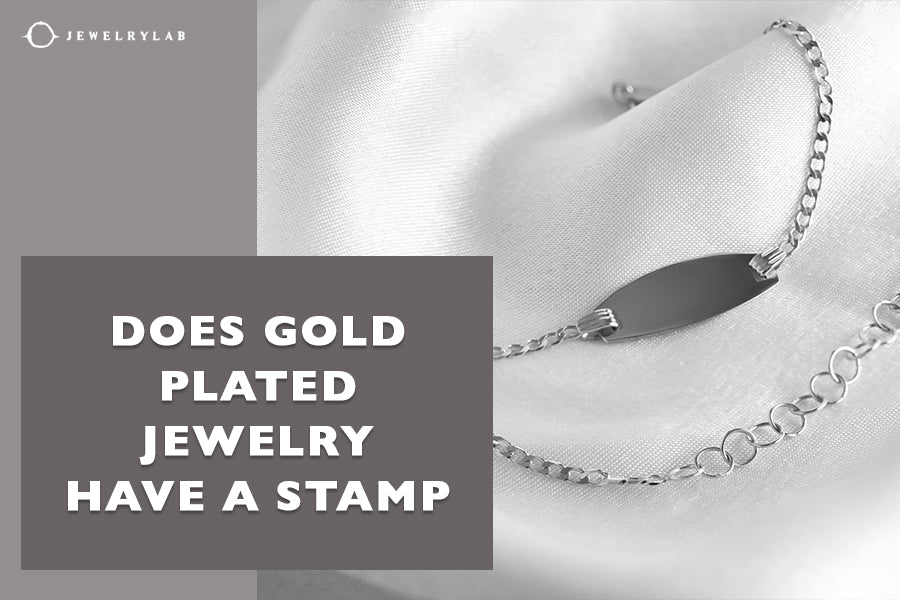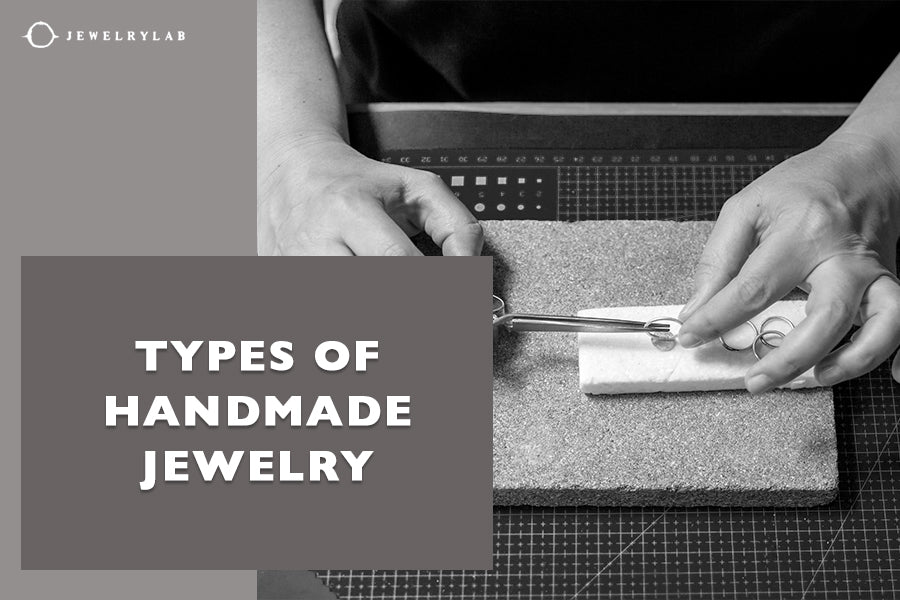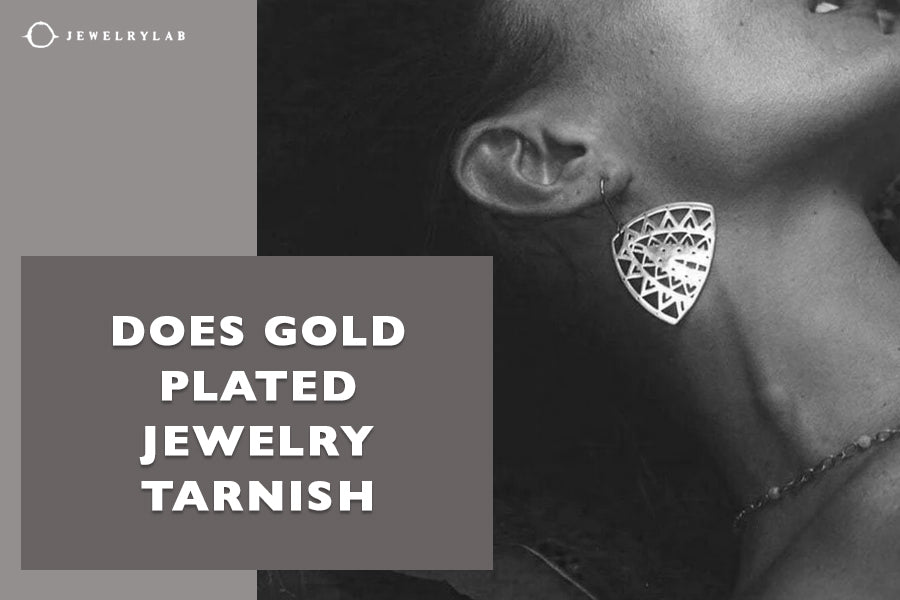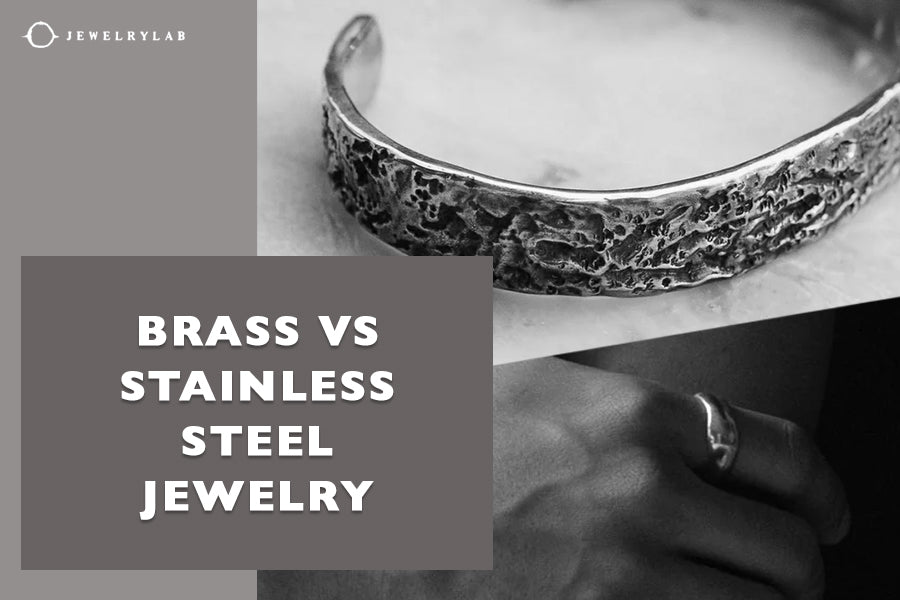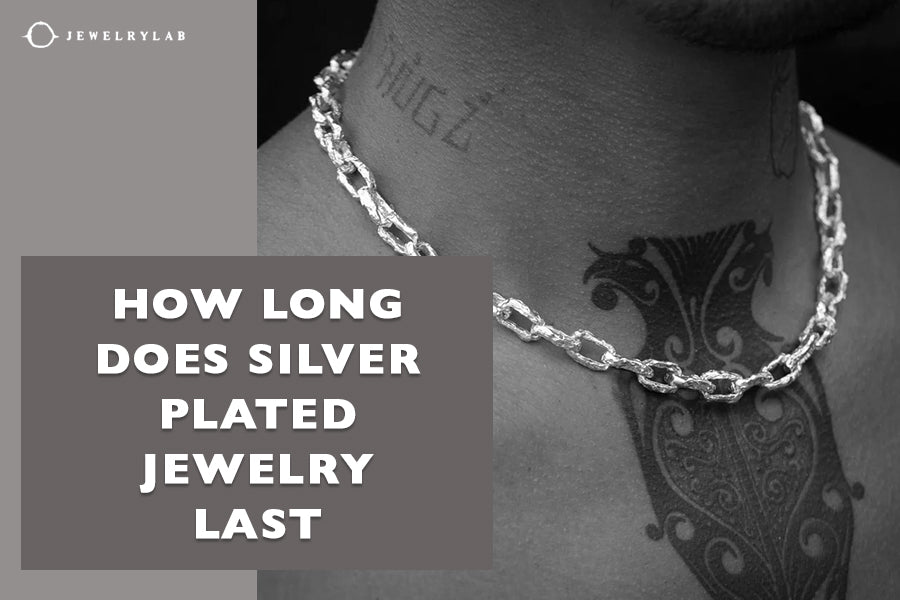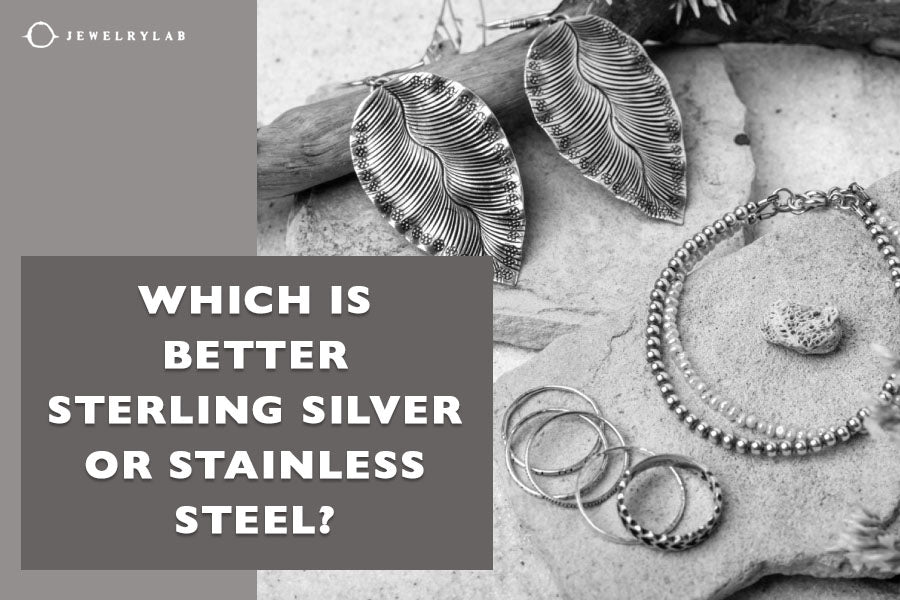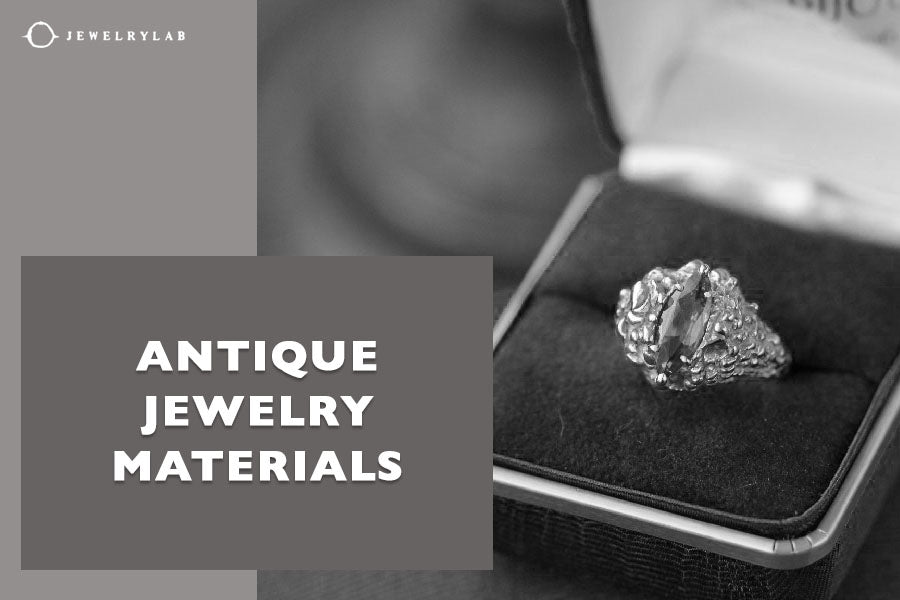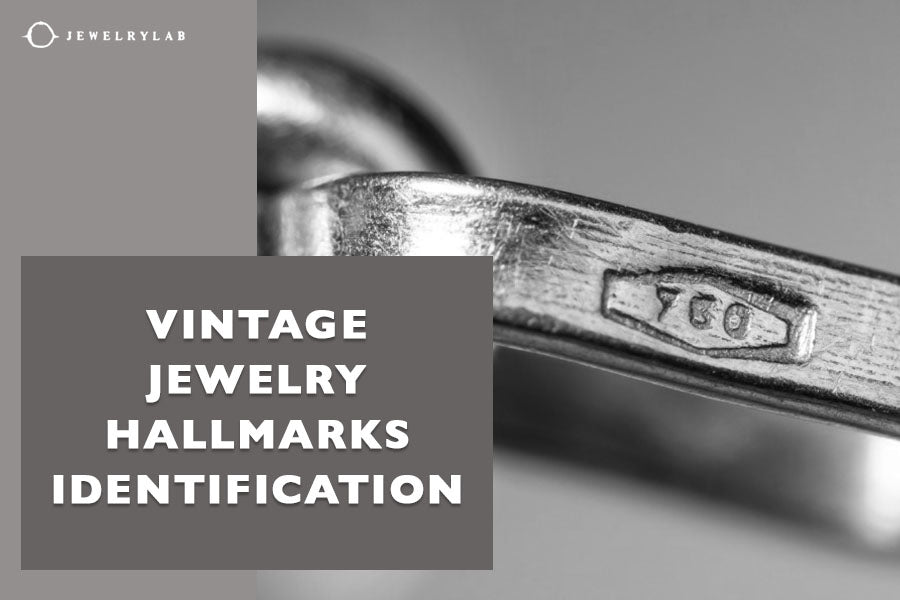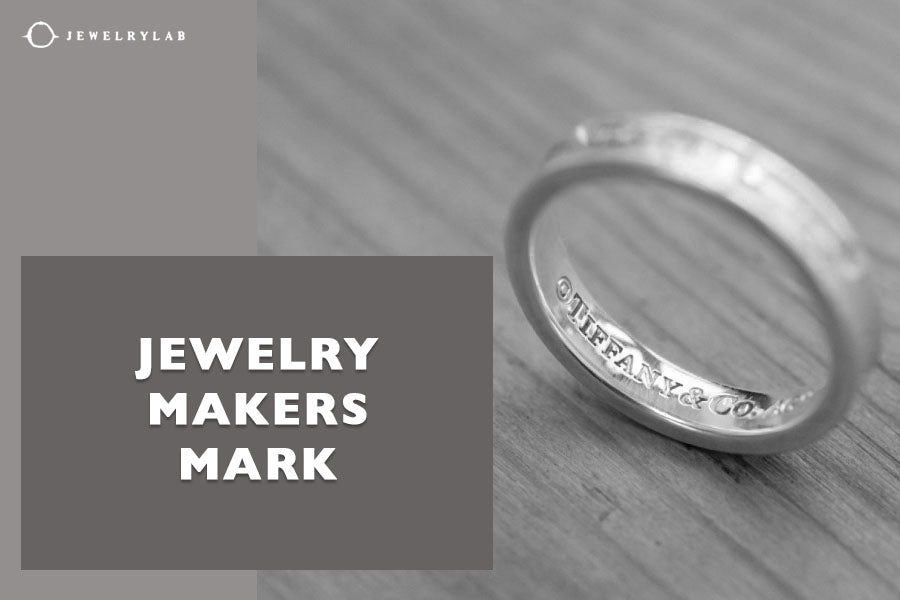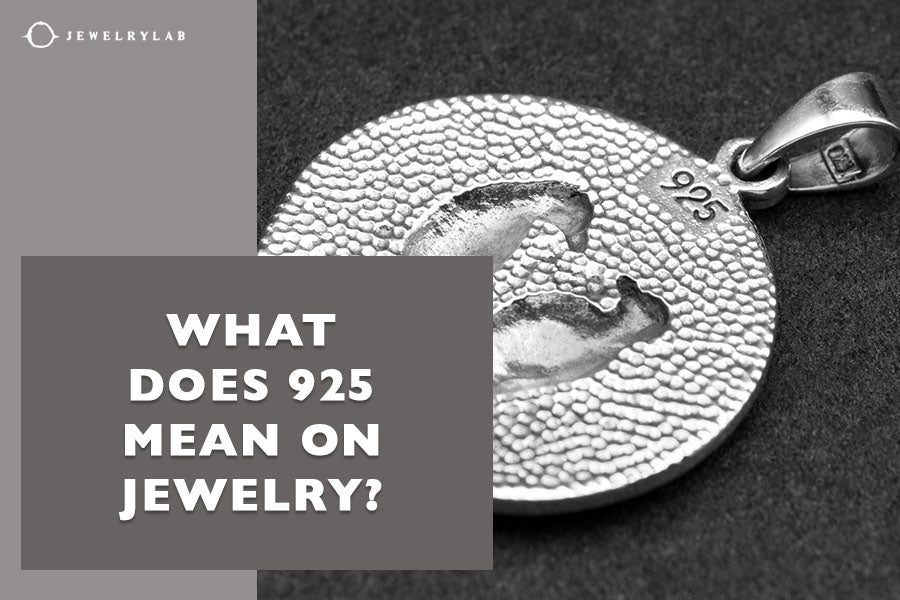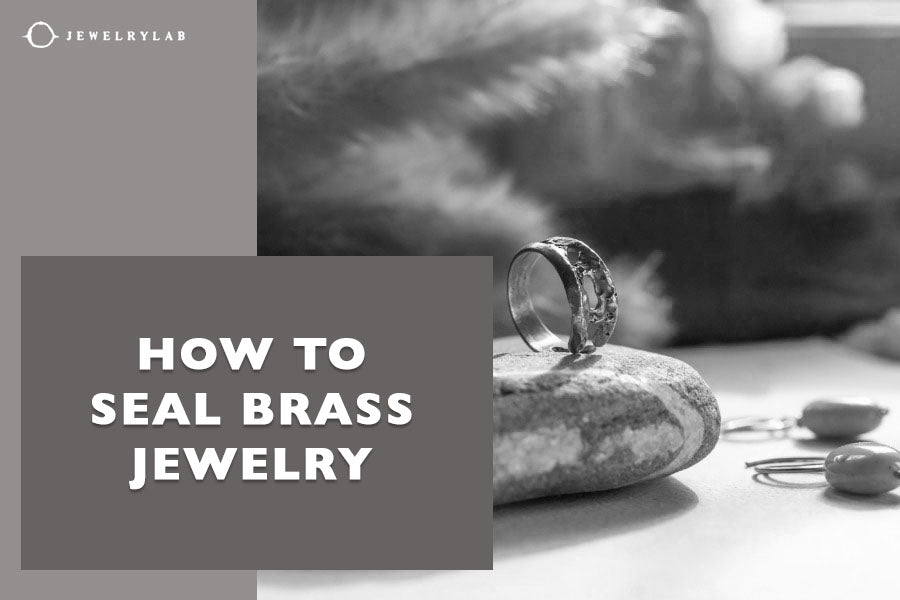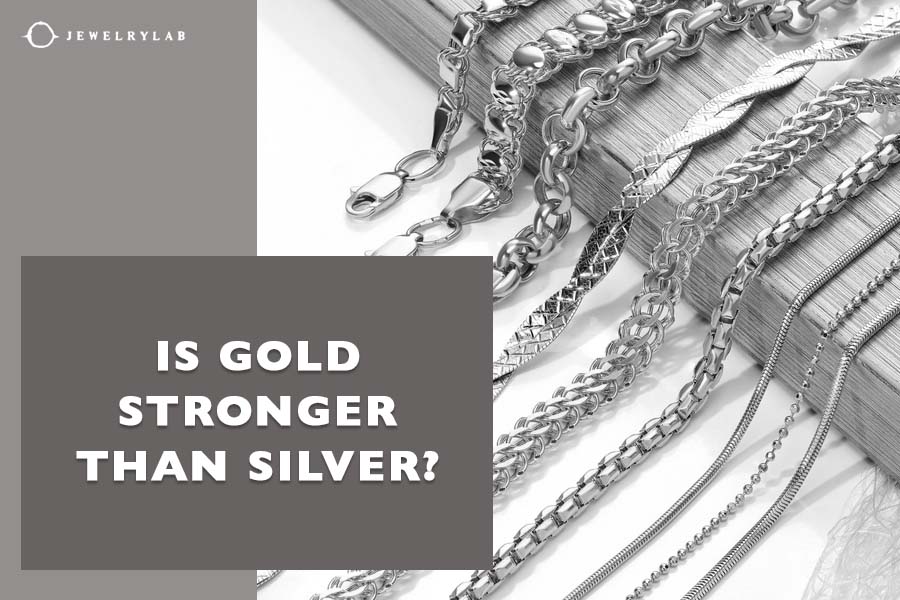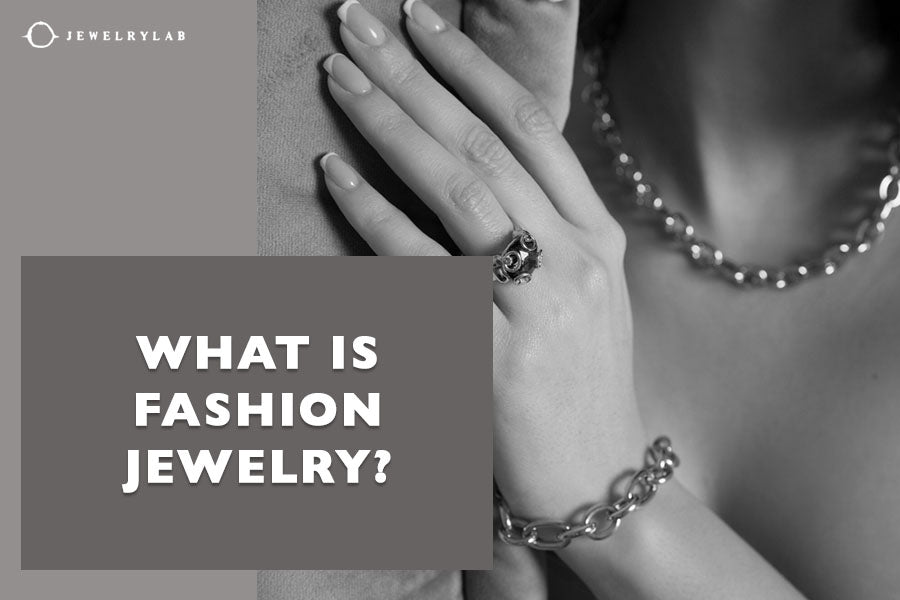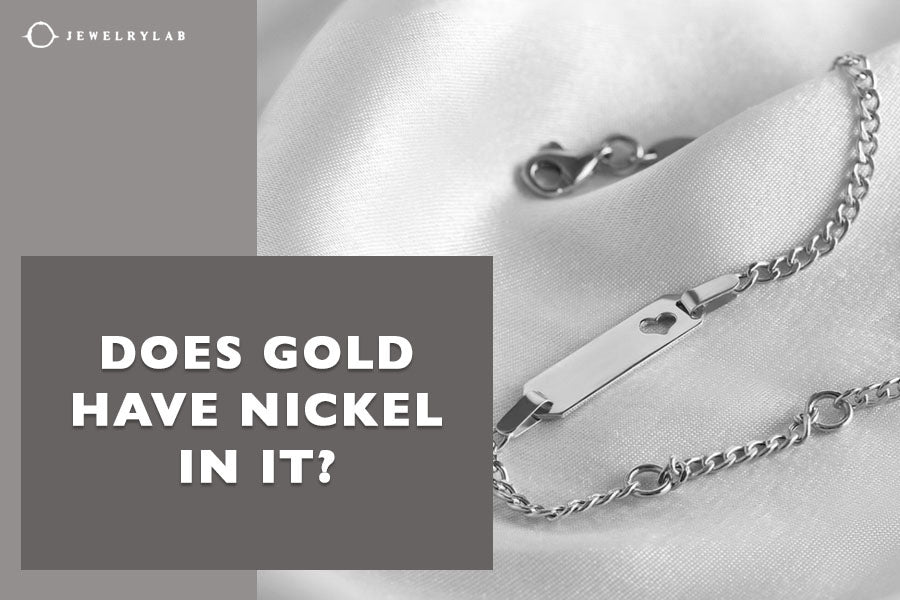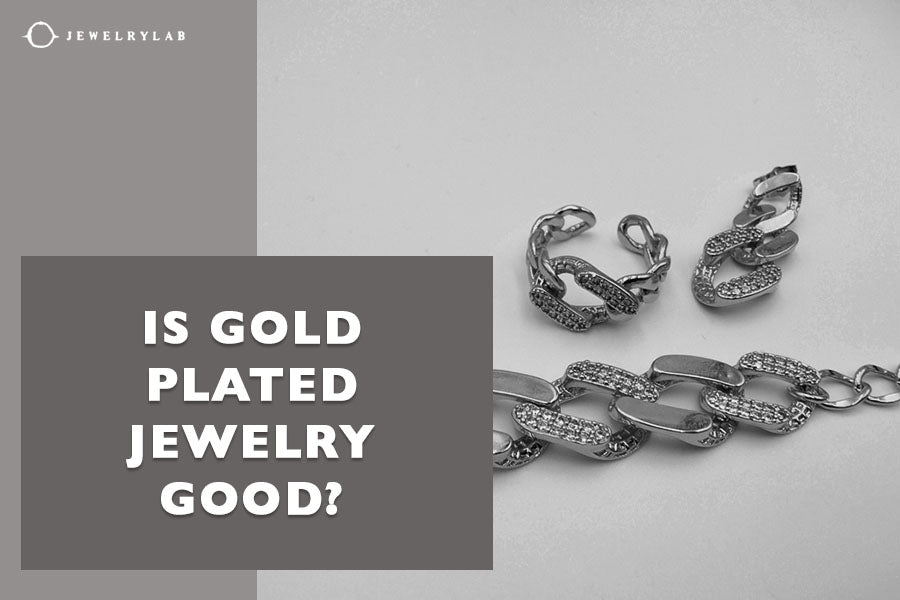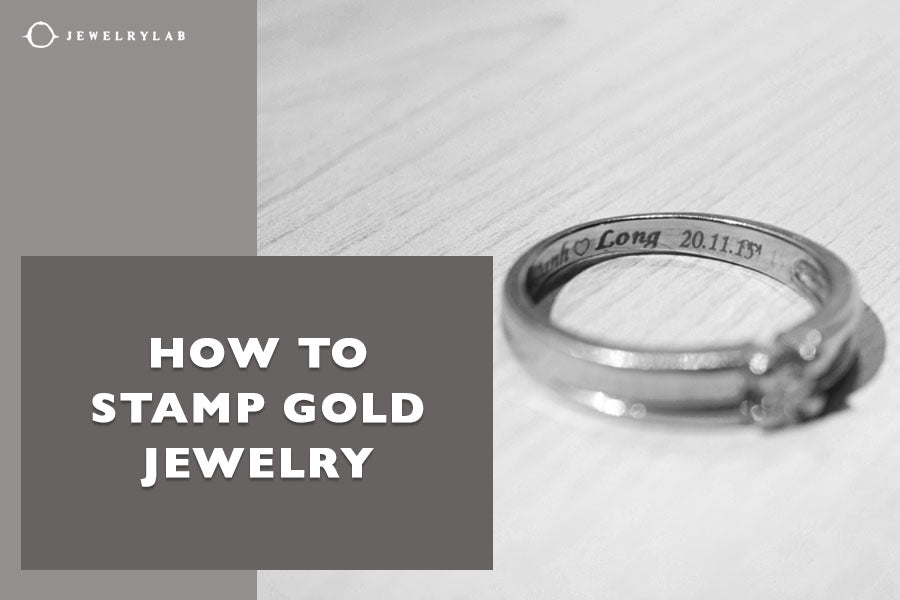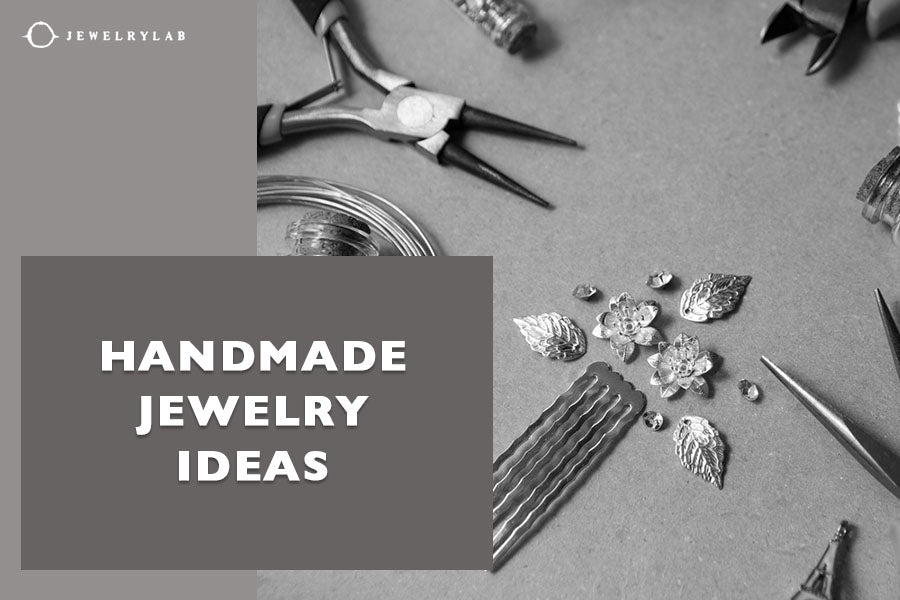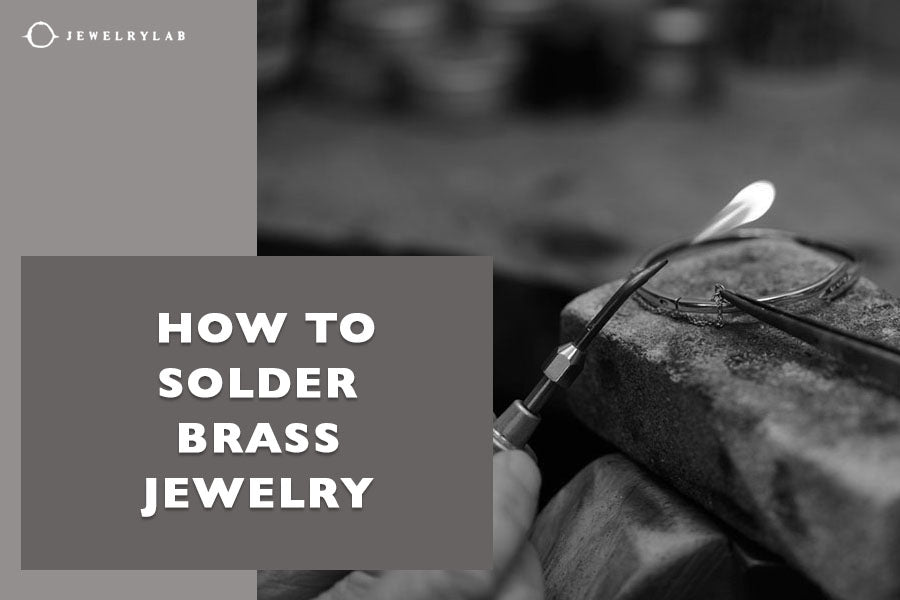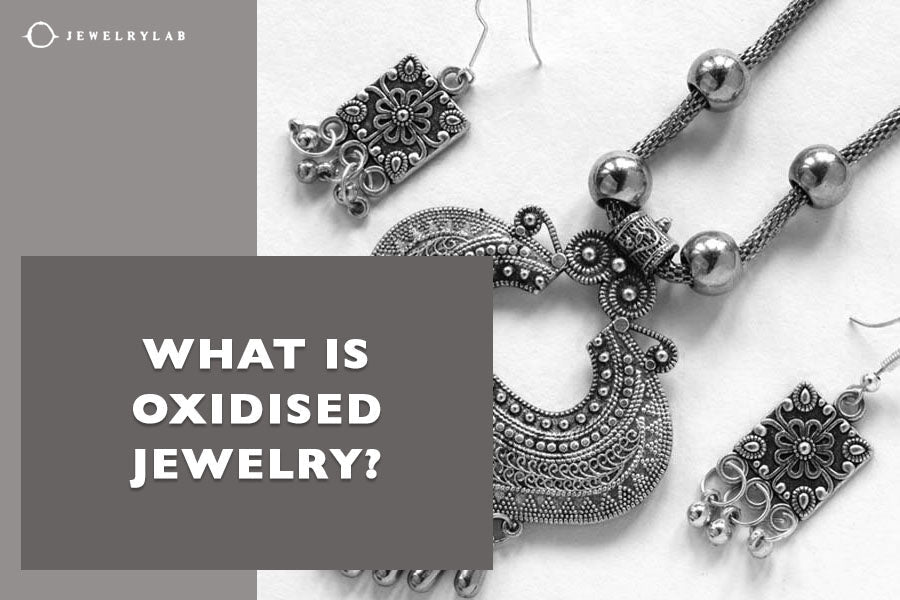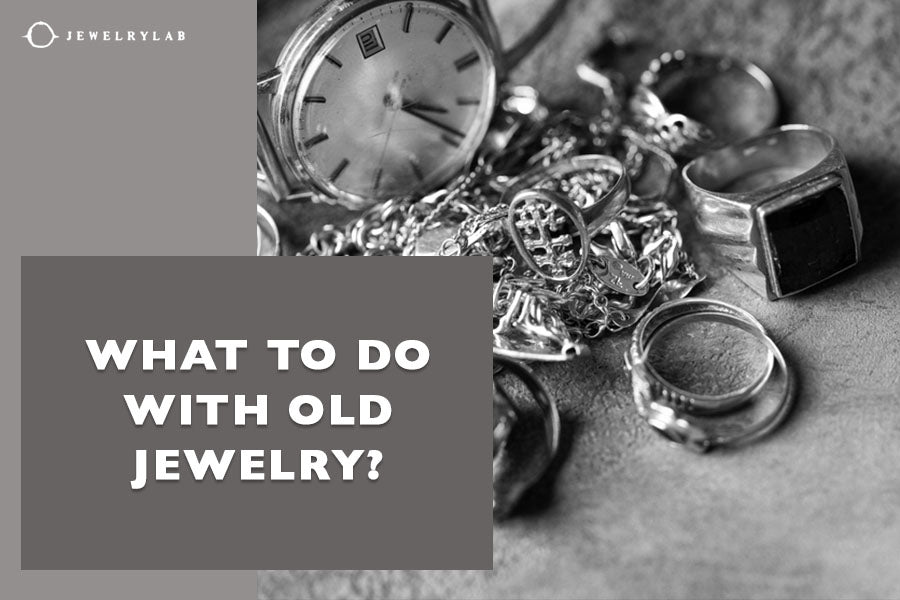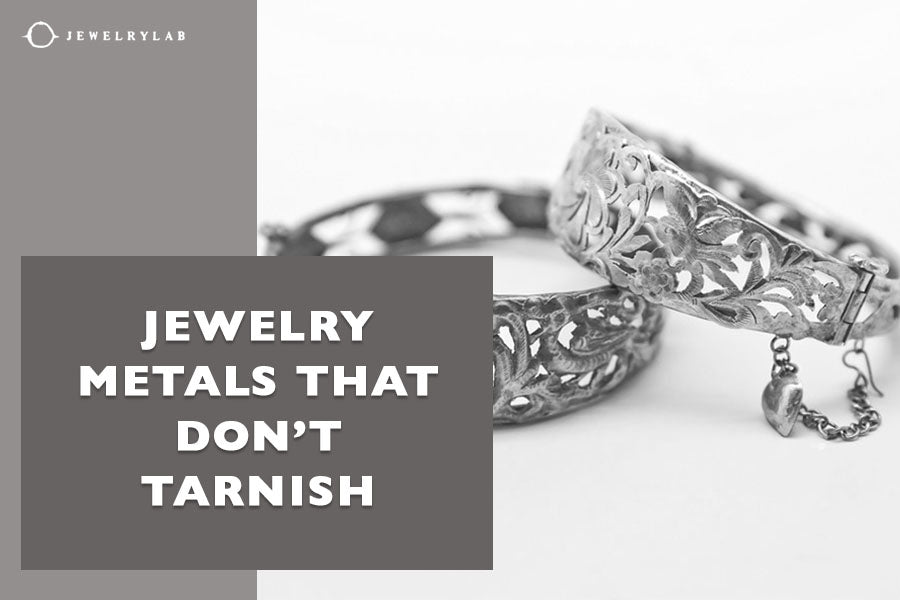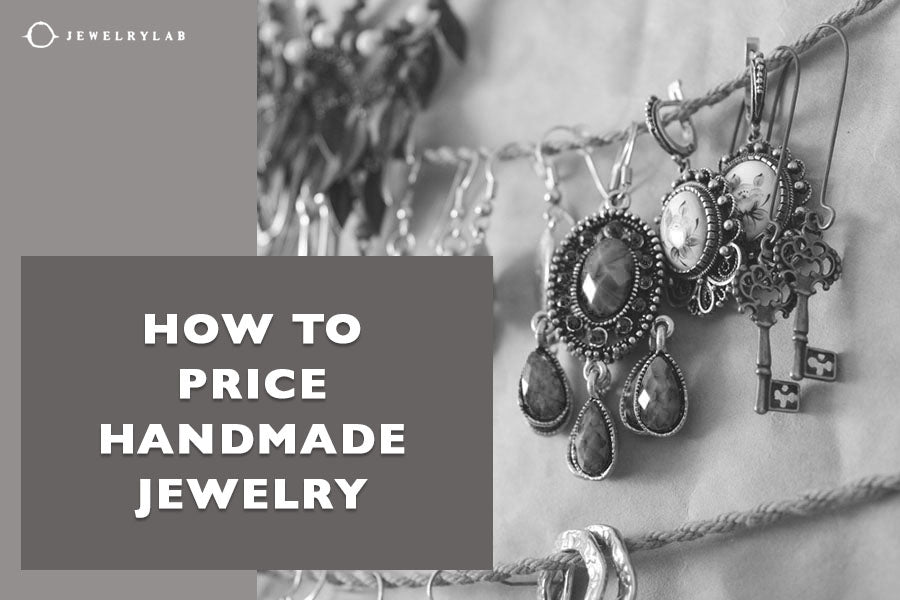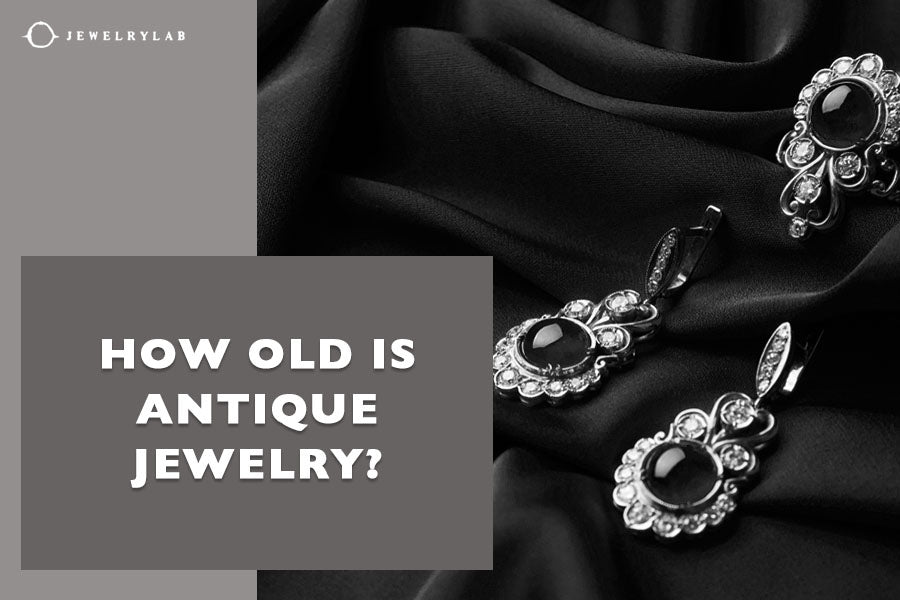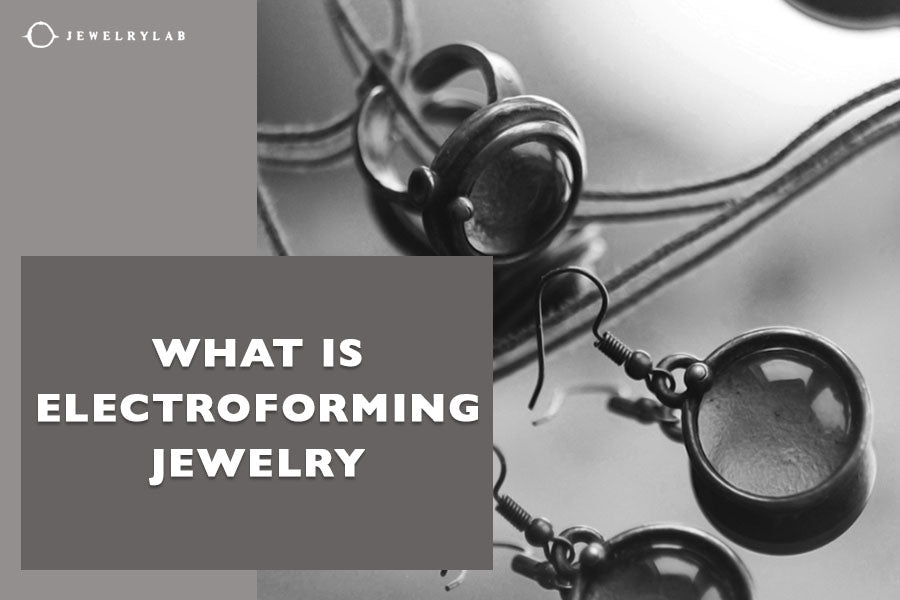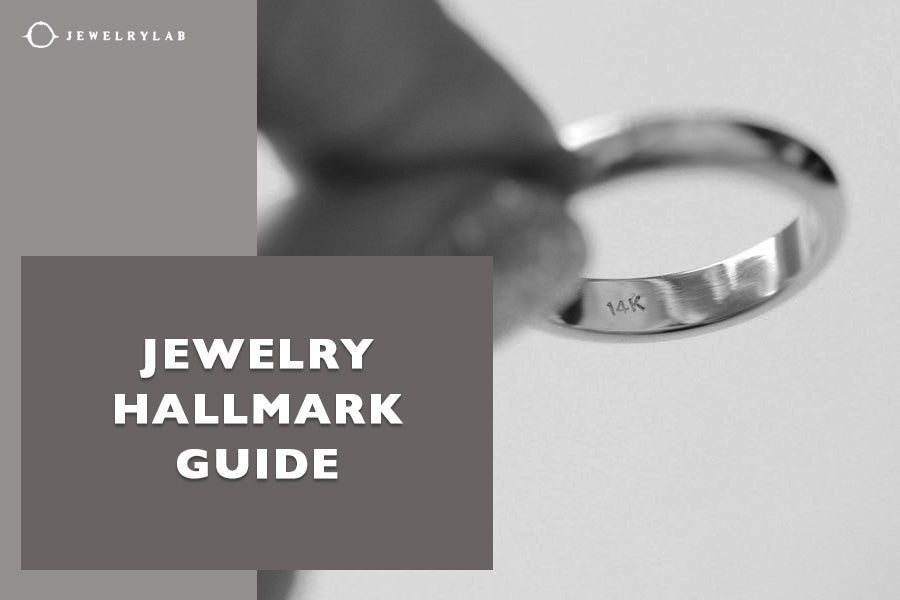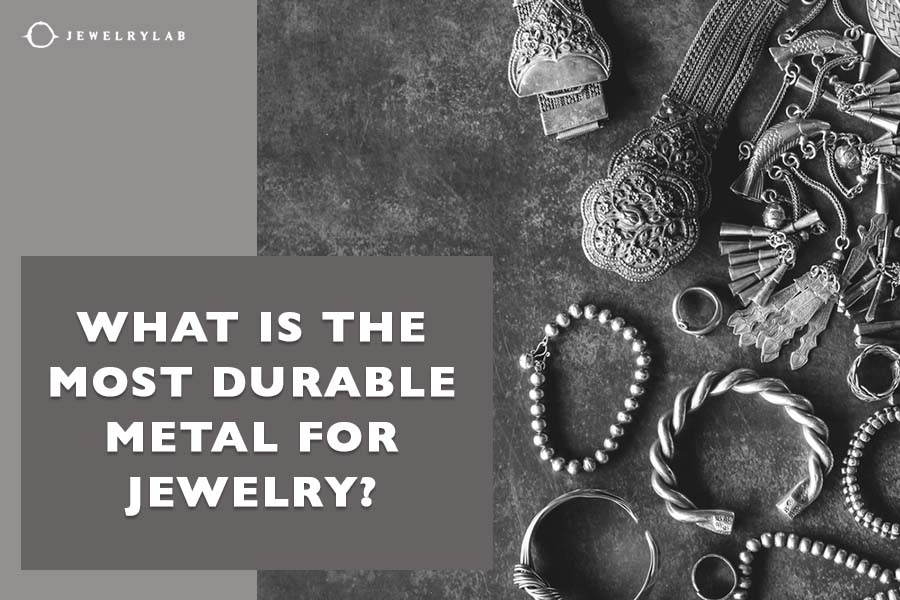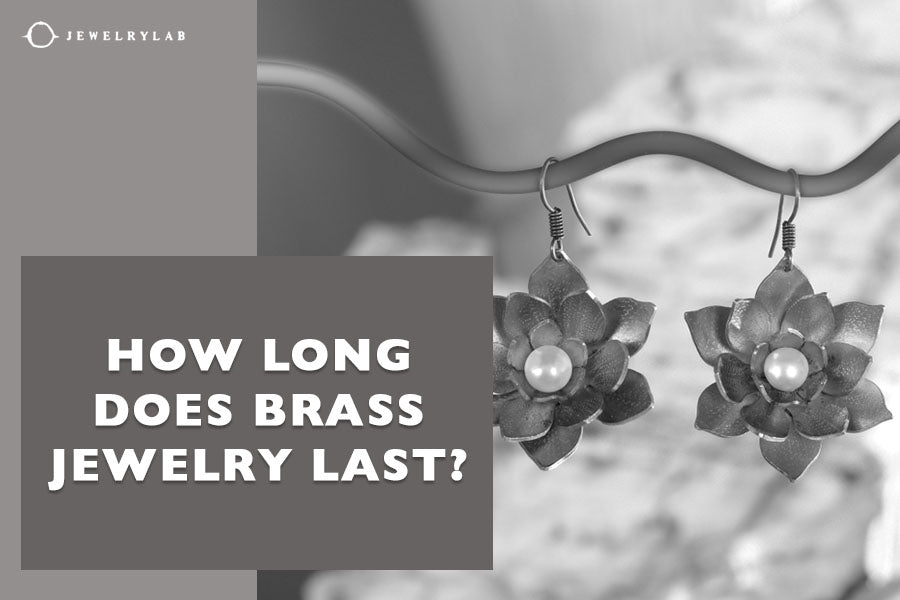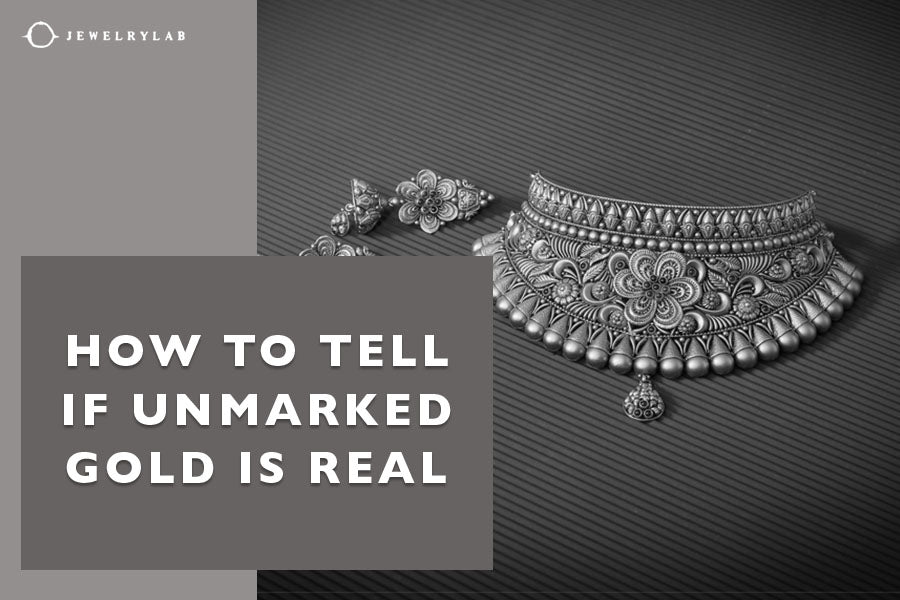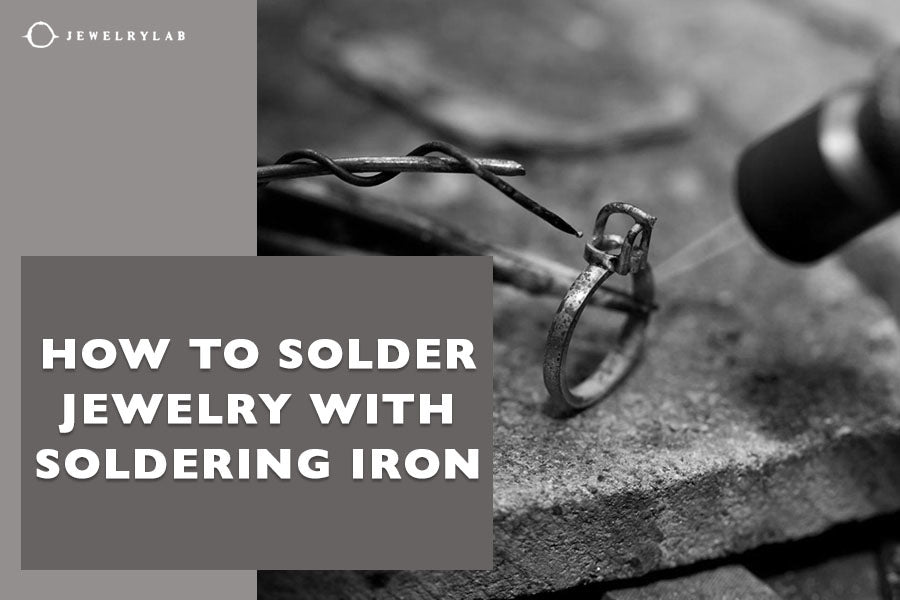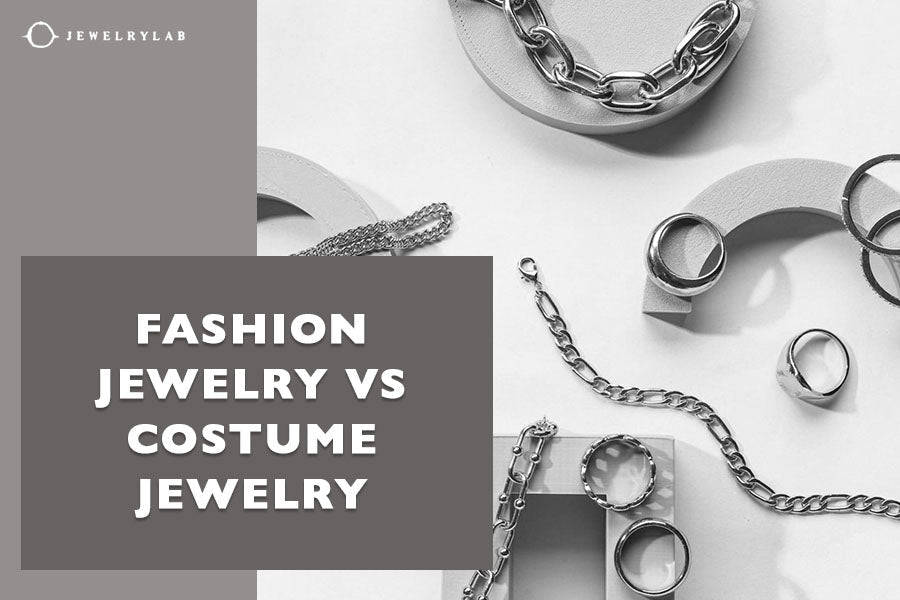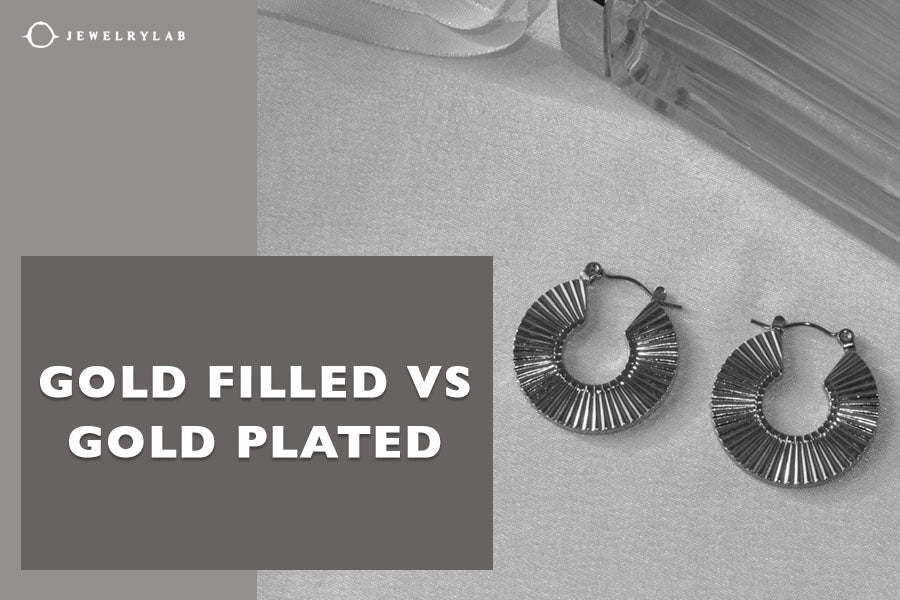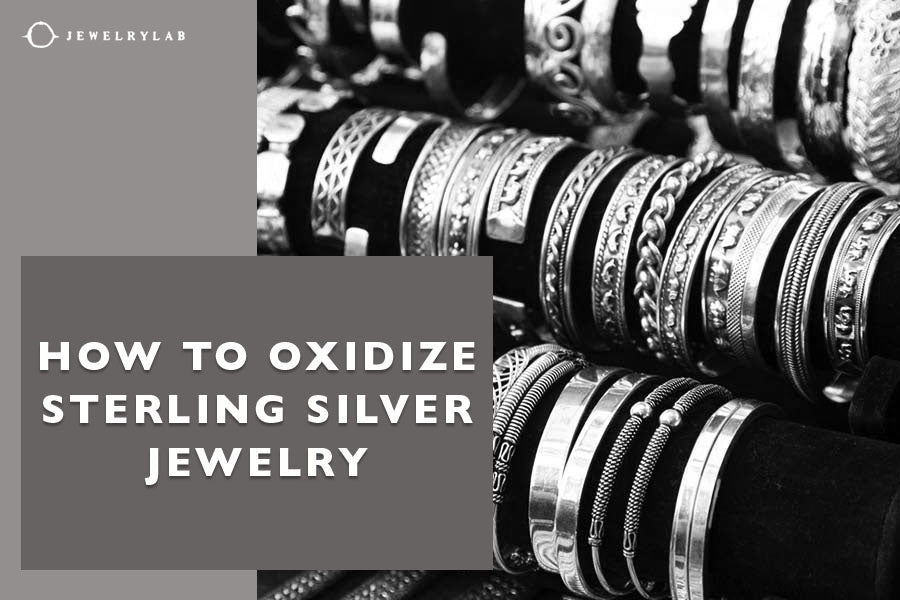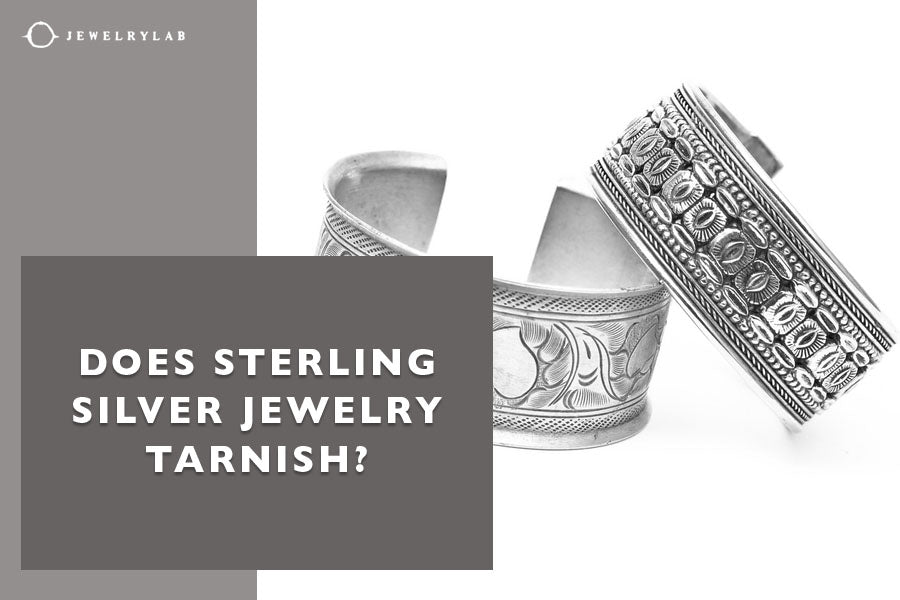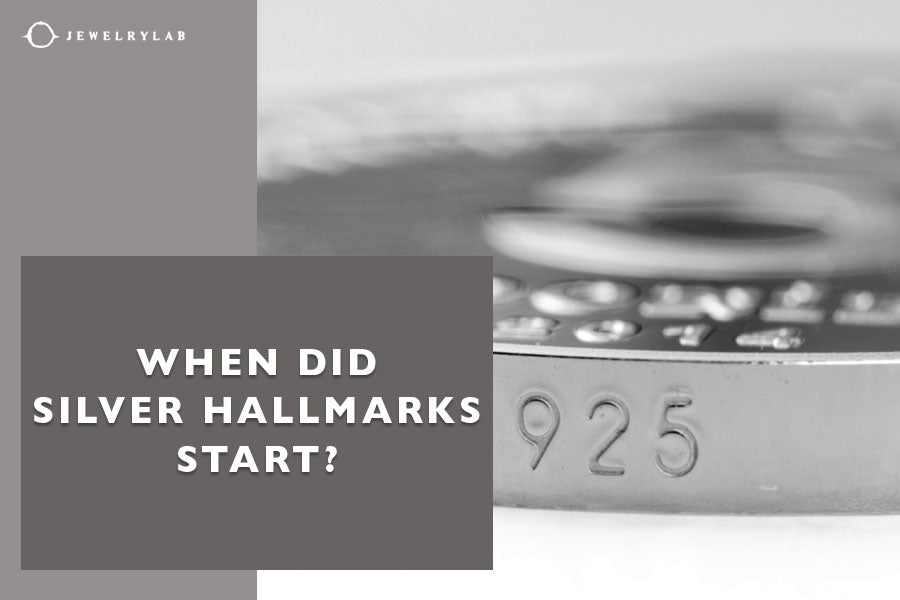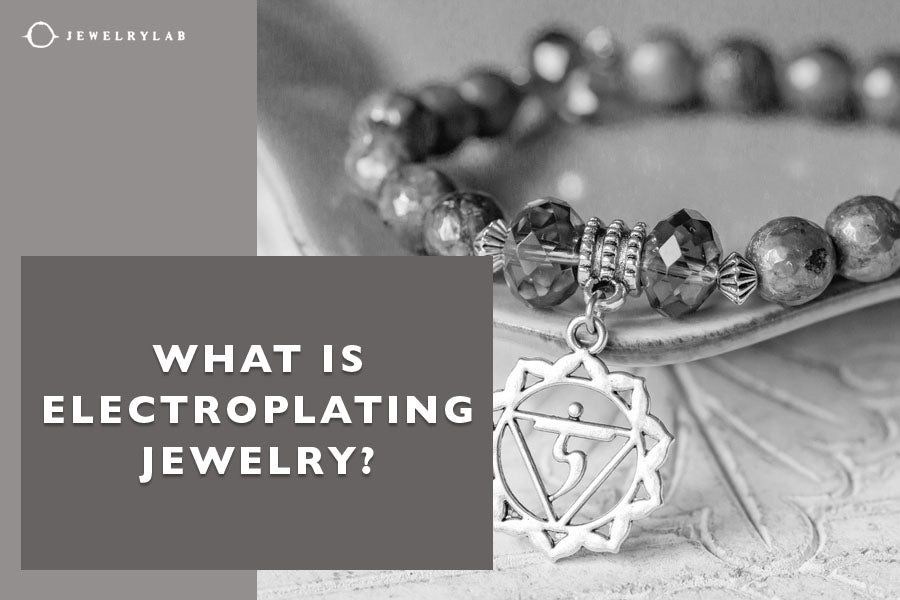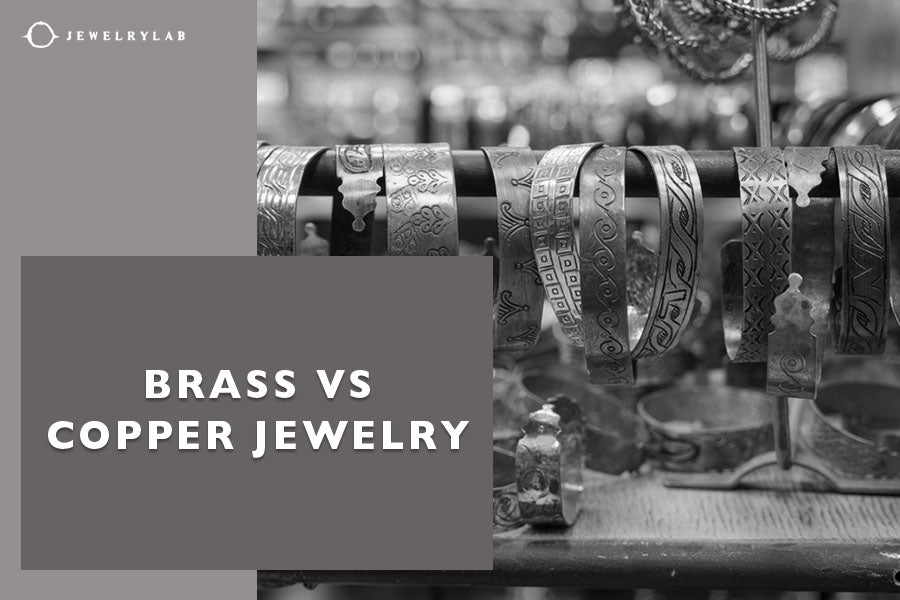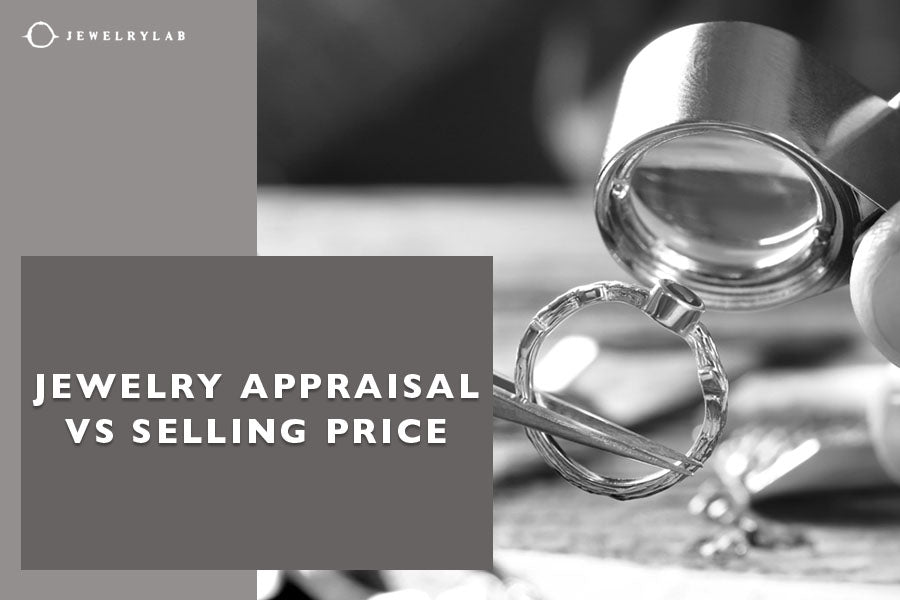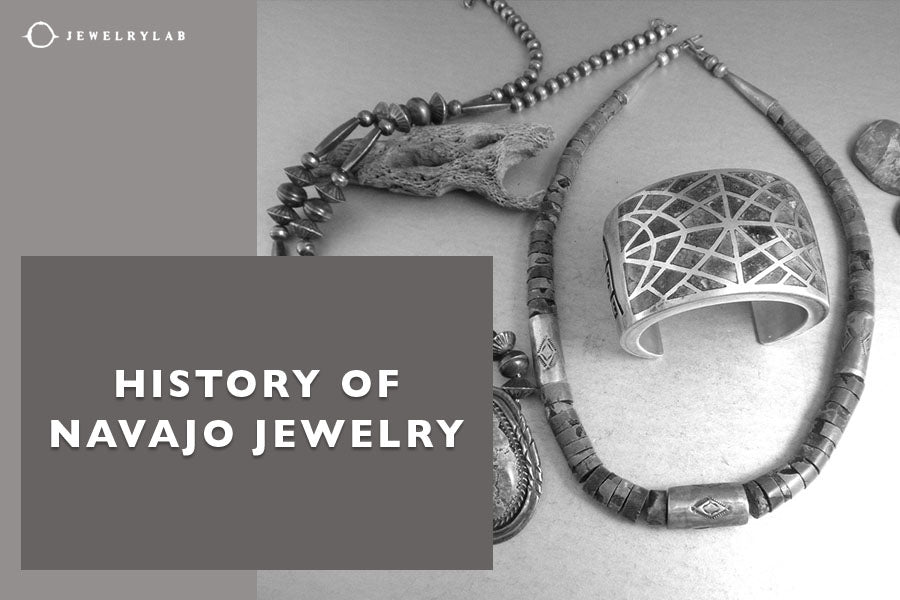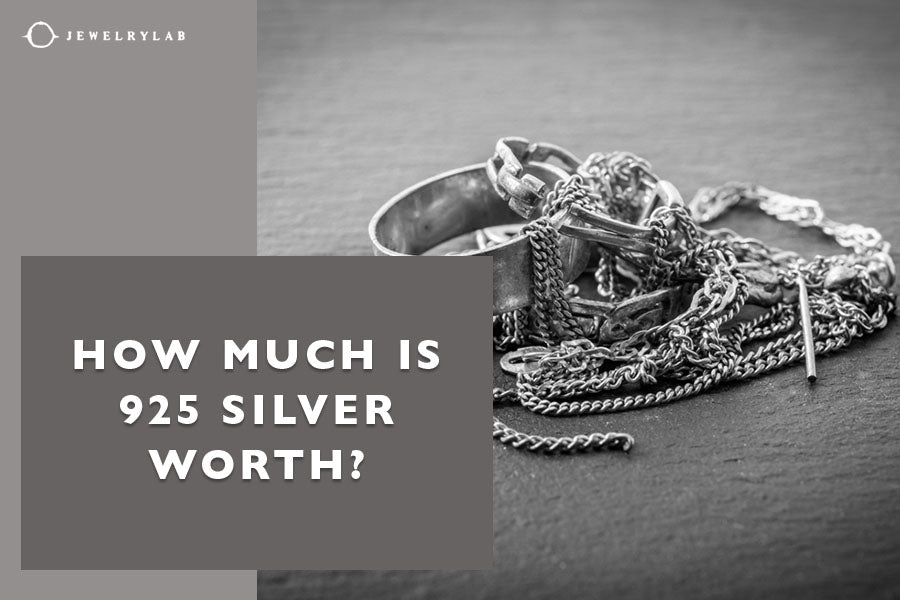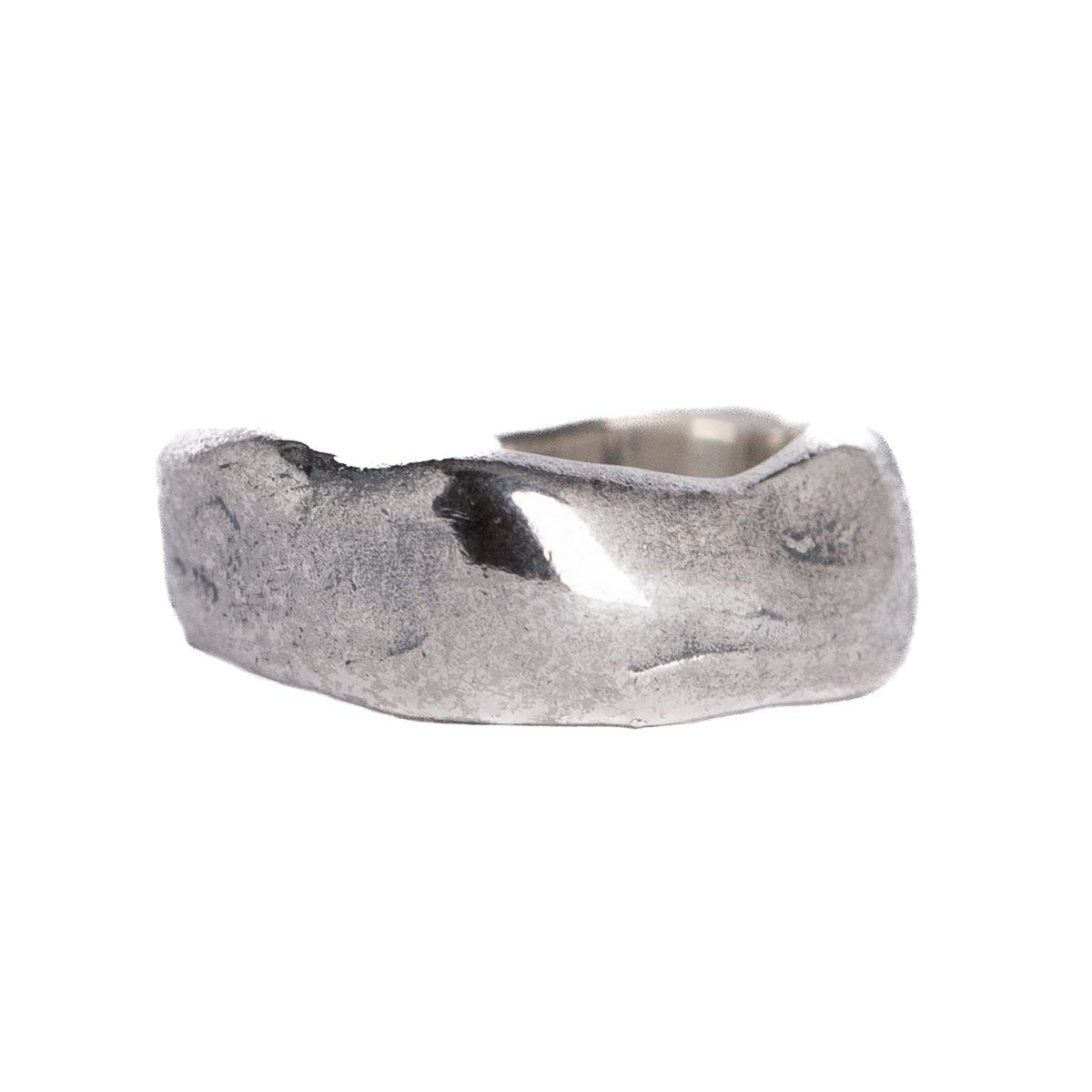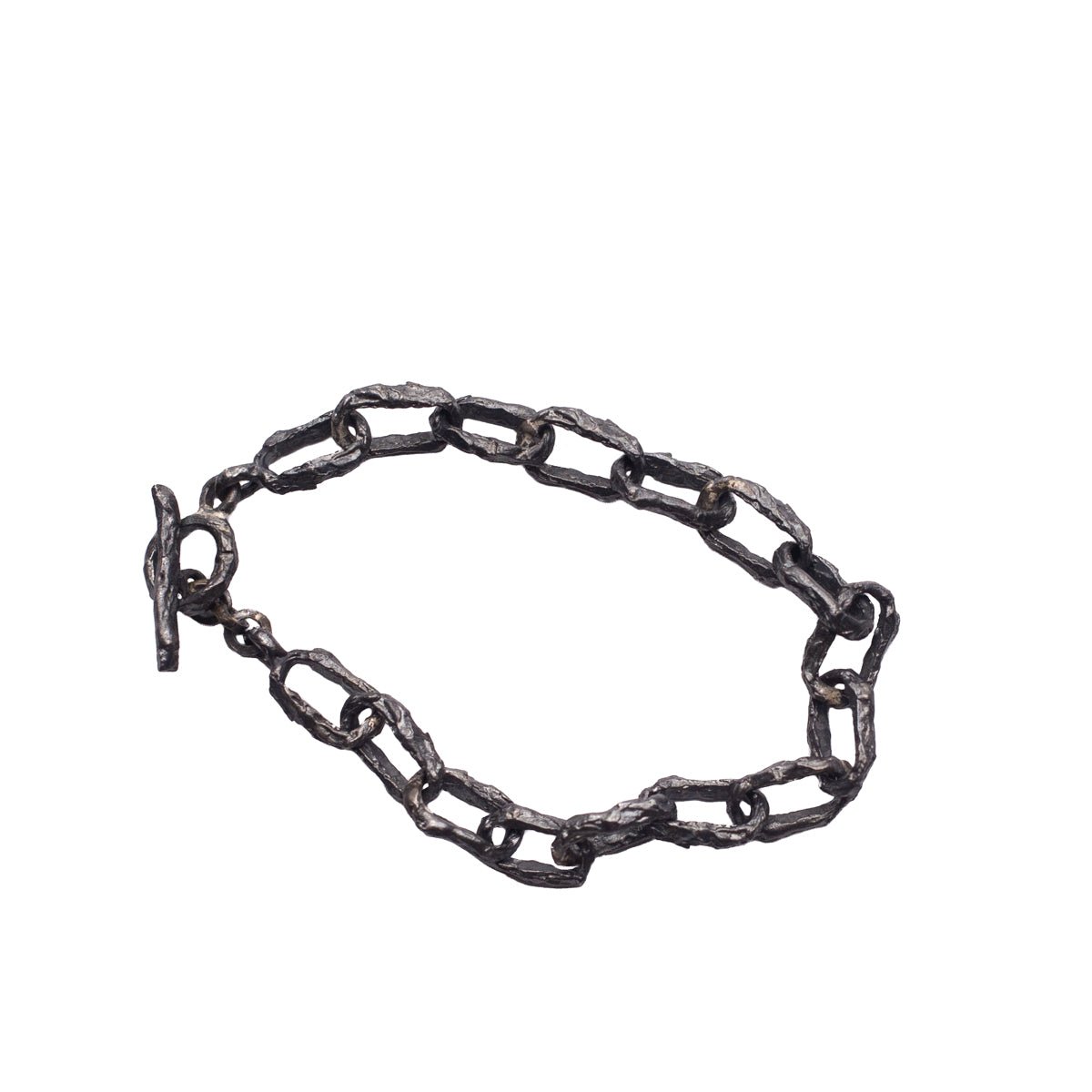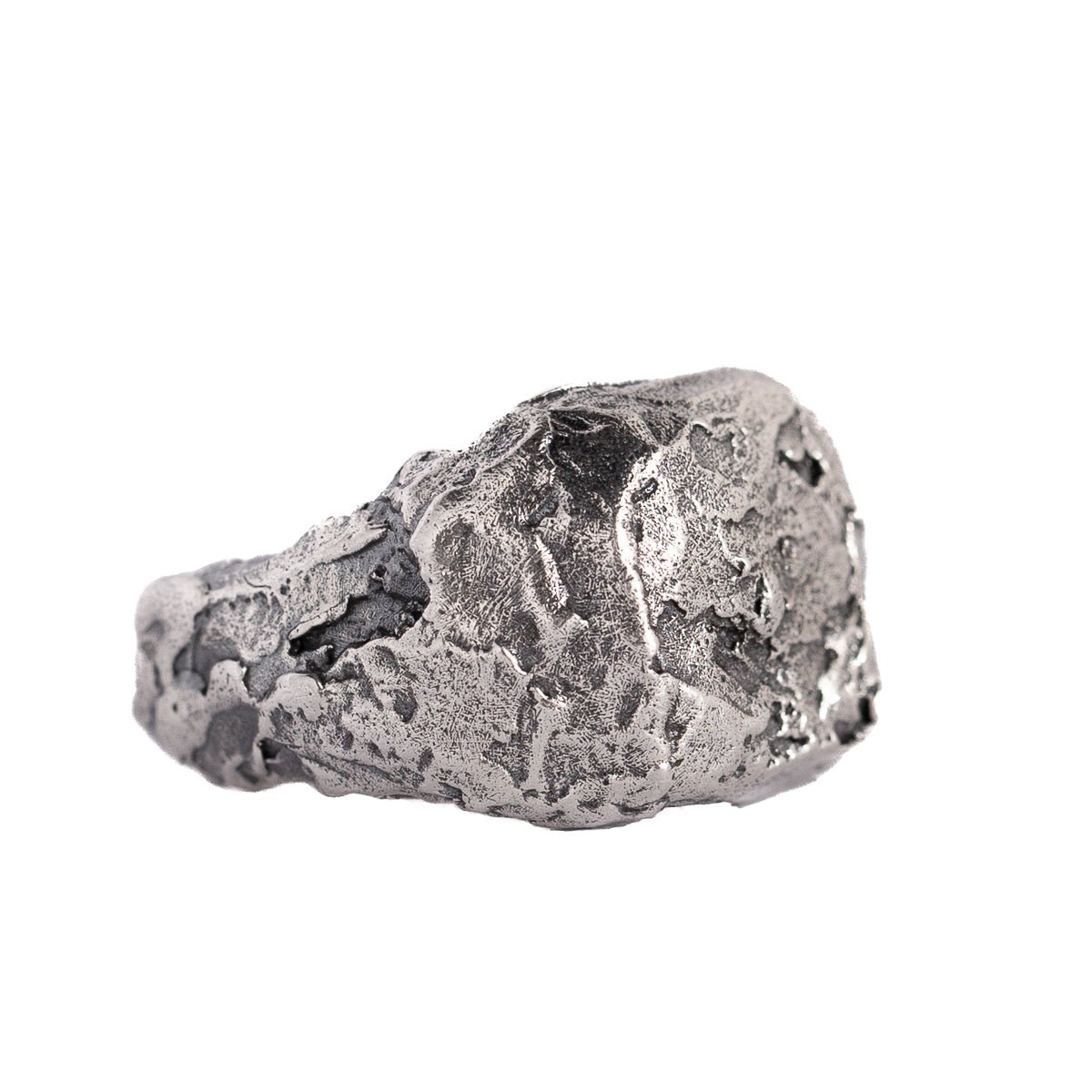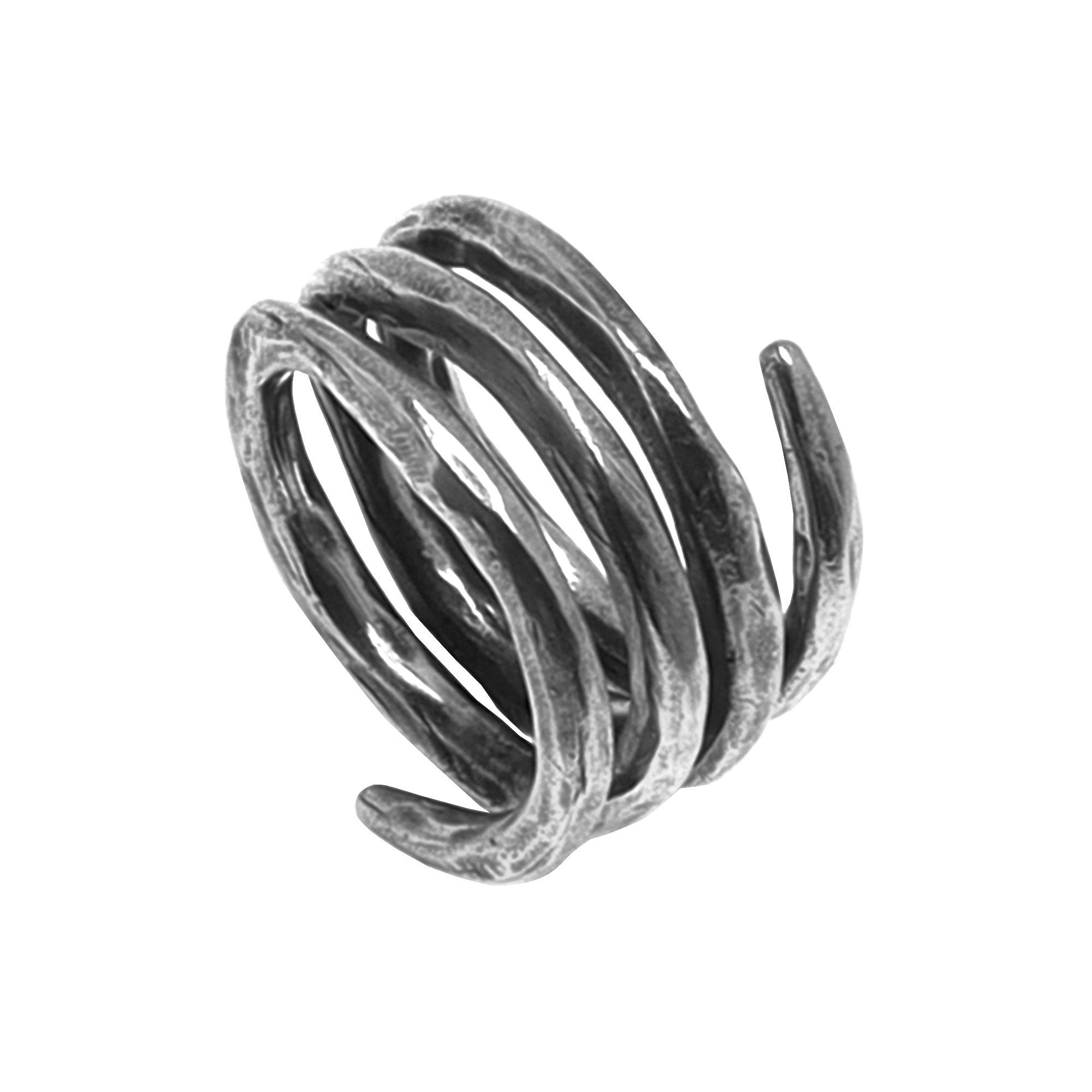by Jesús Zabala - 4 min read
What Jewelry Metals Are Not Magnetic?
Many want to know their jewelry pieces' value, purity, and hypoallergenic properties. One way to understand that is to learn what jewelry metals are not magnetic. Understanding the magnetic properties of jewelry metals can help you make informed purchasing decisions and avoid potential issues.
The magnetic properties of jewelry metals depend on their composition. Metals like iron, nickel, and cobalt are magnetic, while gold, silver, platinum, brass, and titanium are non-magnetic.
We love to work with non-magnetic metals because they resist corrosion, maintain their luster, and are hypoallergenic, possibly making them safe for sensitive skin. They also indicate high purity in precious metals, as alloys mixed with cheaper, magnetic metals may tarnish more easily or cause skin reactions.
Let's discover more regarding non magnetic metals that look like gold and the benefits that they provide!

Source: shutterstock.com / Photo Contributor: Brian A Jackson
Explanation of Magnetism in Metals
Magnetism in metals arises from the movement of electrons within their atoms, especially their spin and orbital motion. Different metals display varying magnetic behaviors depending on their atomic structure and electron configuration, falling into three main categories: ferromagnetic, paramagnetic, and diamagnetic.
- Paramagnetic metals: These metals, such as aluminum, titanium, and platinum, have unpaired electrons, but their magnetic moments do not align in the same direction under normal conditions. When exposed to an external magnetic field, they become weakly magnetized in the field direction. Yet, the magnetism disappears once the external field is removed.
- Diamagnetic metals: These metals, including copper, silver, and gold, have unpaired electrons and therefore generate no permanent magnetic field. Instead, they create a very weak repulsion to external magnetic fields. Diamagnetic metals are widely used in jewelry.
What Jewelry Metals Are Not Magnetic?
Several jewelry metals are not magnetic, making them ideal for fine jewelry due to their stability, resistance to tarnish, and hypoallergenic properties. Our jewelry pieces are mostly made from the following metals, making them timeless. So, key non-magnetic metals include:
Platinum
Platinum must have a content above 95%. We advise you to look for the “platinum” or “plat” hallmark. This dense, precious metal is non-magnetic, highly durable, and often used in engagement rings and luxury jewelry.
Gold
Karat gold is the purest substance used in jewelry. Pure gold (24k) and high-karat gold alloys are non-magnetic. Lower-karat gold may be slightly magnetic if mixed with metals like nickel.
Silver
Sterling silver (92.5%) and pure silver are non-magnetic. So, a minimum of 92.5% silver is a benchmark, and you can recognize it by the hallmarks “sterling” or “925.” Alloys may introduce magnetic properties, but high-quality silver remains non-magnetic.
Brass
Among the non-magnetic properties that look like gold is brass, an alloy of copper and zinc, is non-magnetic and known for its bright gold-like appearance. Due to its corrosion resistance, it is widely used in affordable jewelry like ours. Brass is non-magnetic because neither copper nor zinc have ferromagnetic properties.
Titanium
A lightweight, strong, and corrosion-resistant metal, titanium is also non-magnetic and popular in jewelry for its durability and hypoallergenic properties. Due to its non-magnetic properties, titanium is ideal for people working in environments sensitive to magnetism, like medical or electronic fields.
Magnetic Metals Occasionally Used in Jewelry
Some grades of stainless steel, especially those with higher iron content, can be magnetic. It is valued in jewelry for its durability, corrosion resistance, and aesthetics.
Like steel, alloys containing high amounts of iron are magnetic and sometimes used in costume or industrial-style jewelry. These alloys are strong and affordable but may tarnish or rust if not properly protected.
Benefits of Non-magnetic Jewelry Metals
Non-magnetic jewelry metals offer several benefits. The first one is allergy considerations. These metals are usually hypoallergenic, potentially making them safe for people with sensitive skin or metal allergies. Non-magnetic metals may rarely cause irritation, which is why they are used for earrings and rings.
On the other hand, non-magnetic metals do not interfere with electronic devices, like smartphones or computers, making them compatible with these devices. Finally, non-magnetic metals are ideal for individuals with medical implants like pacemakers, as they do not interfere with their functioning.

Source: shutterstock.com / Photo Contributor: Brian A Jackson
Conclusion
Knowing what jewelry metals are not magnetic can help you decide what to buy. Non-magnetic metals might be good for sensitive skin since they are hypoallergenic, which is one of their benefits.
Non-magnetic metals include platinum, gold, silver, brass, and titanium, while stainless steel and iron-based alloys are sometimes used in jewelry. Now that you know the features of non-magnetic jewelry pieces, you will easily decide whether they are the right metals for you.
-
DESIGNED & HANDMADE IN BALI
-
FREE RESIZING FOR EVERY PIECE
-
FREE SHIPPING ON $150+ ORDERS
-
100% SAFE & SECURE CHECKOUT

